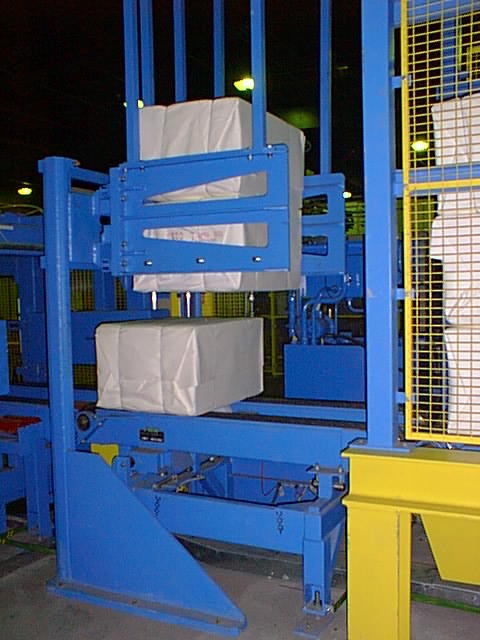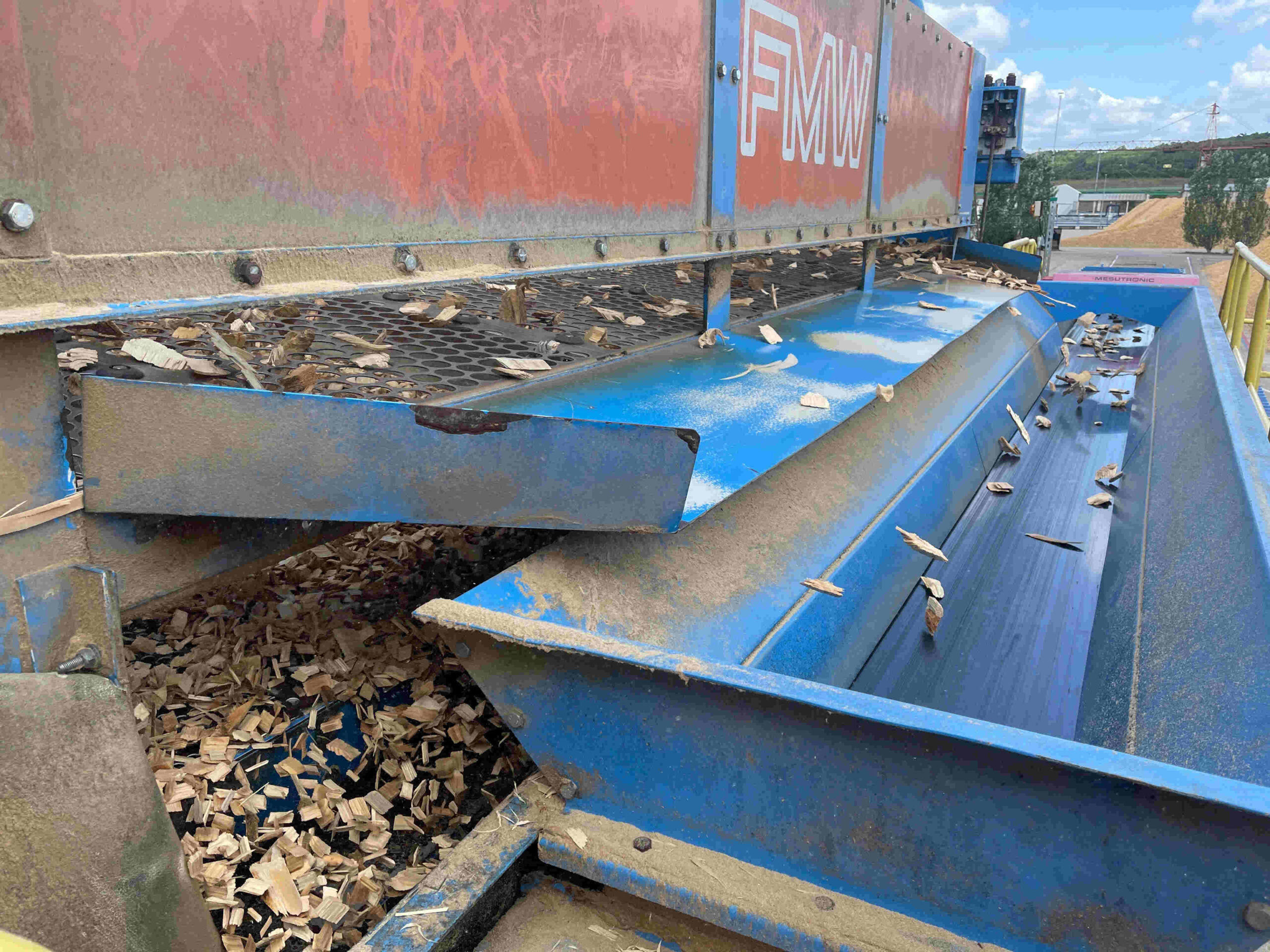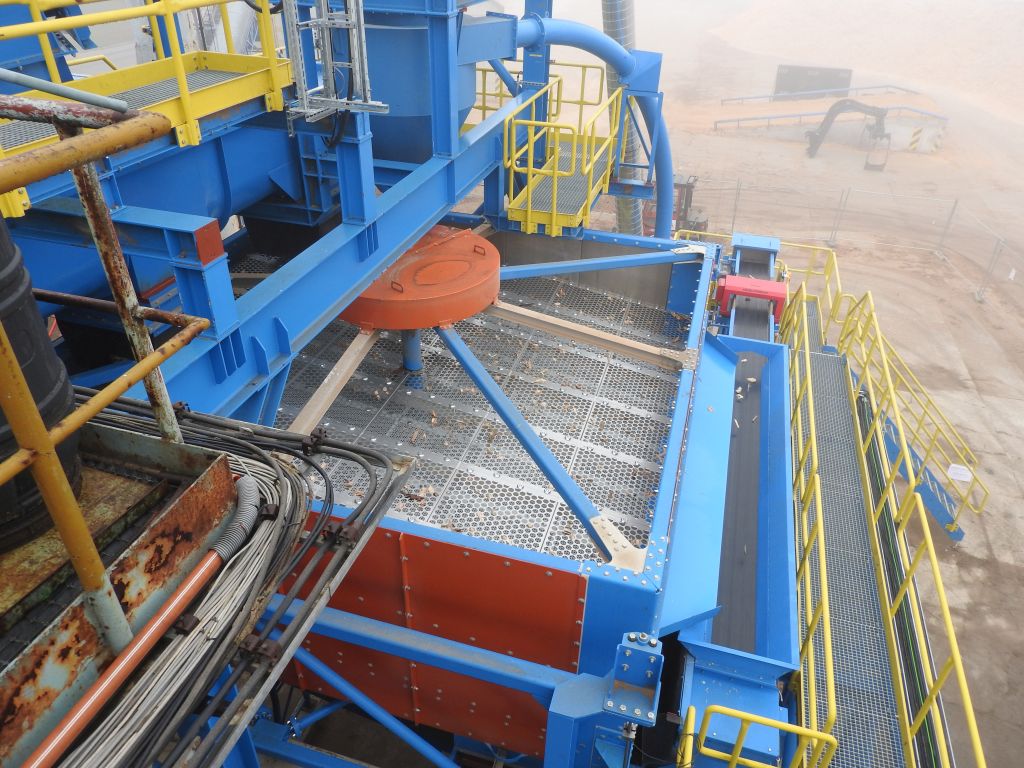FMW Pulp Bale Handling Solution – Unit Destacking
Maximize Efficiency in Pulp Bale Handling with FMW’s Unit Destacking Solution
The pulp and paper industry faces the ongoing challenge of inefficient and labor-intensive destacking of pulp bales. Manual destacking processes are slow, prone to errors, and can lead to increased labor costs and potential workplace injuries. We have developed a solution to address these challenges: the Unit Destacking machine.
Efficient and Customizable Unit Destacking
FMW’s Unit Destacking machines are designed to efficiently separate and destack units, improving material handling and storage optimization. These machines offer several key features, including efficiency, labor savings, improved safety, increased throughput, reduced material waste, and customization. With these features, the solution ensures a consistent and uniform destacking process, crucial for maintaining product quality in the pulp and paper industry.
Adaptable for various unit sizes, shapes and types.
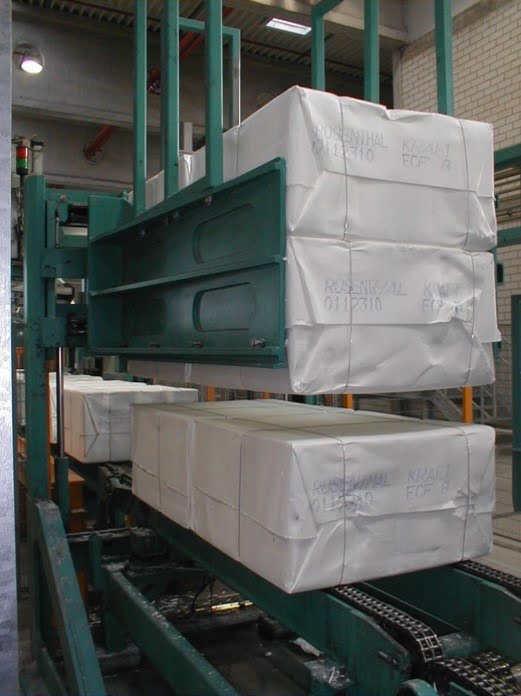
Key features of Unit Destacking:
- Efficiency: Automated destacking ensures a faster and more consistent process compared to manual methods, leading to increased productivity and overall efficiency.
- Improved Safety: Automated destacking minimizes the risk of accidents and injuries, ensuring a safer work environment for employees.
- Increased Throughput: FMW’s Unit Destacking machines are designed to handle high volumes of units or products, allowing for increased throughput and productivity in pulp mill operations.
- Reduced Material Waste: Careful destacking minimizes the risk of product damage or breakage, reducing material waste and improving overall resource utilization.
- Customization: Unit Destacking machines can be customized to handle various unit sizes, shapes, and types of packaging, making them versatile and adaptable to different production lines.
How it works:
The dewired pulp units are fed into the Destacker by a Chain Conveyor. Destacking is carried out by lifting the upper bales and conveying the lower bales away. Once the Destacker’s conveyor is clear, the remaining stacked bales are lowered, and the destacking procedure is repeated until the last bales are processed. This efficient process allows for increased throughput and productivity in pulp mill operations.
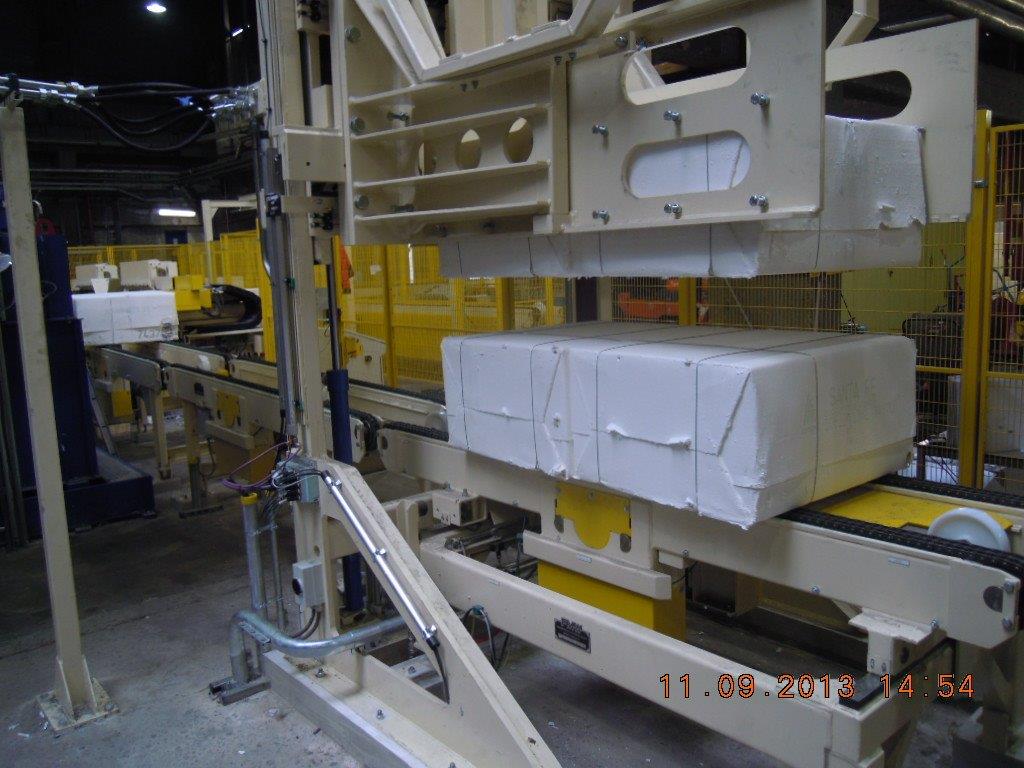
Why to choose an Unit Destacking System?
We have decades of experience and Austrian engineering expertise in delivering high-quality, reliable, and efficient pulp handling solutions. Implementing FMW’s Unit Destacking solution in your facility will help you stay ahead of the competition and improve overall efficiency in your pulp and paper operations.
Conclusion
In an industry where efficiency and productivity are paramount, FMW’s Unit Destacking solution offers a reliable and effective way to streamline pulp bale handling. Contact FMW today to discuss your pulp bale handling needs and explore the benefits of implementing our Unit Destacking solution in your facility.
Discover more about FMWs Pulp Bale Handling Solutions.
The quality of the raw materials used directly impacts the final product quality. Wood chips, the primary raw material, need to be uniform in size and free from impurities to ensure a smooth and efficient production process. FMW Industries’ screening solutions provides a technology that effectively separates oversized chips and fines, leaving only high-quality material for further processing.

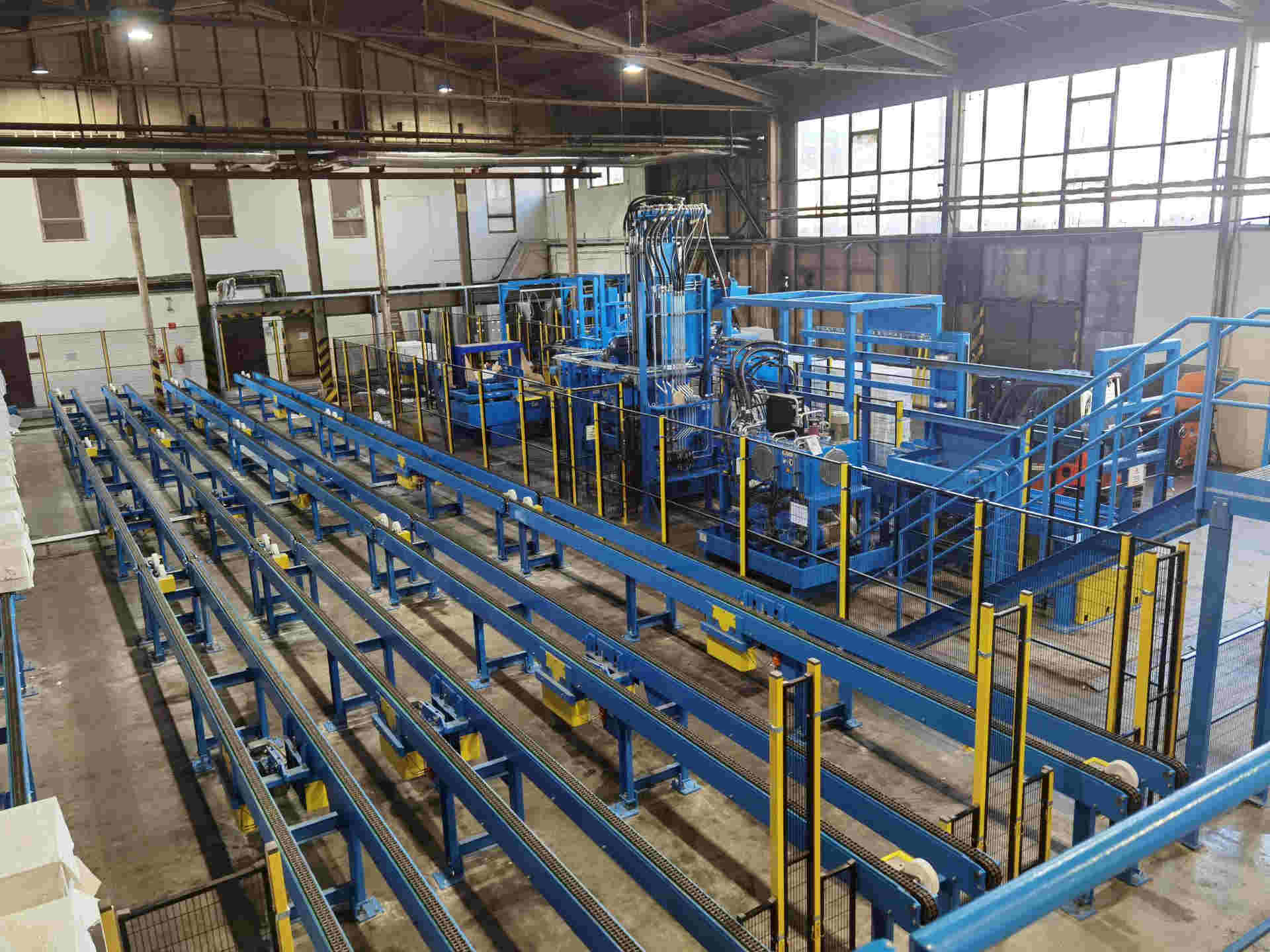
Turning Challenges into Triumphs
FMW is dedicated to providing flexible, tailor-made solutions that best meet your needs. We stand for innovation, know how, flexibility and quality. We take pride in being your trusted partner, supporting you from the initial pre-project phase through seamless on-site commissioning and After Sales & Services. We are your Engineers of progress.

